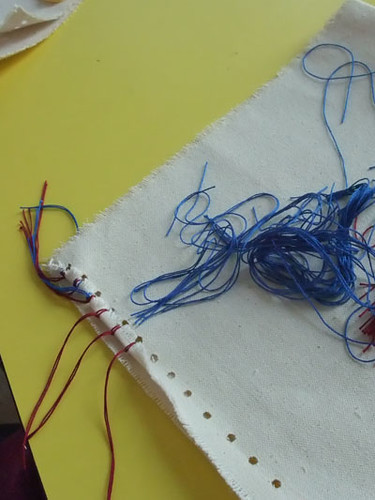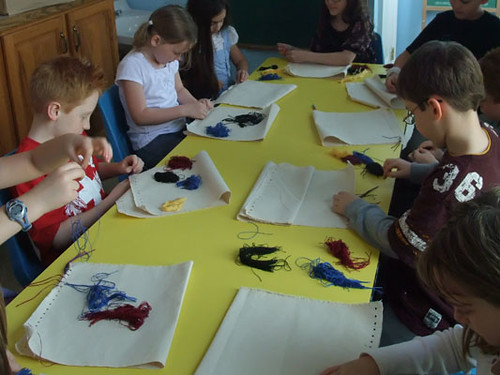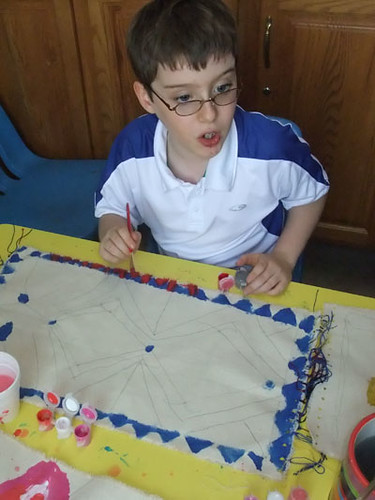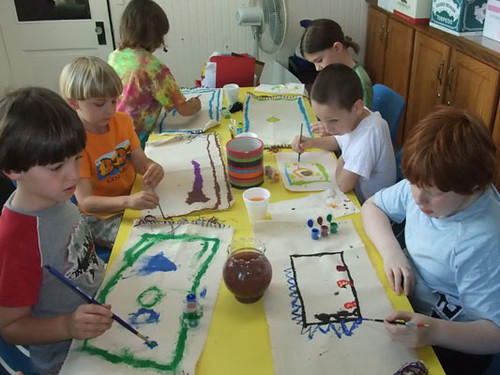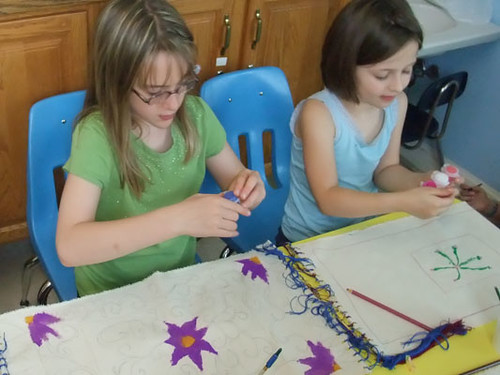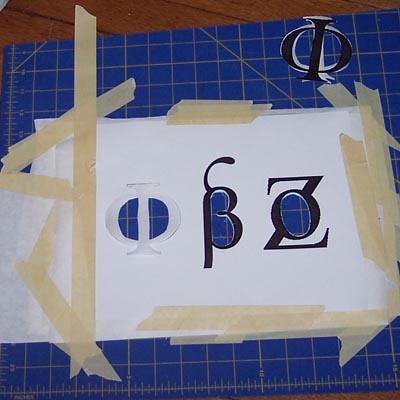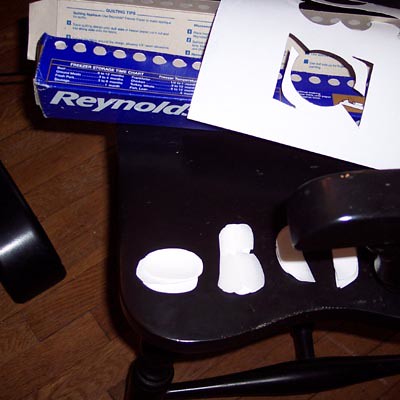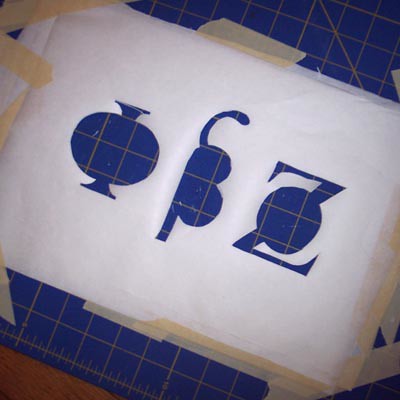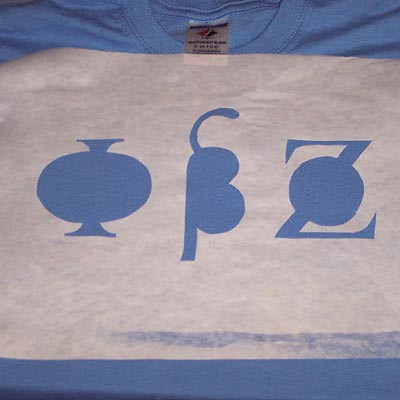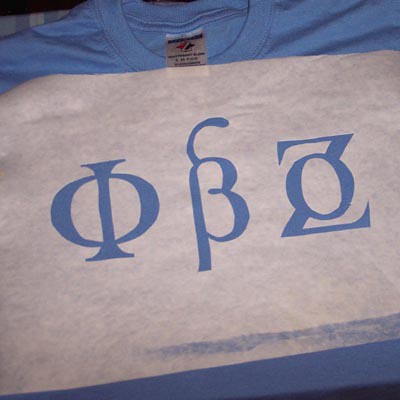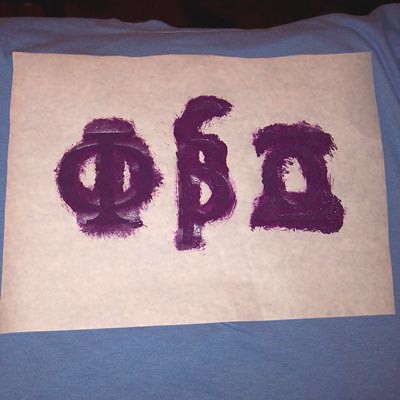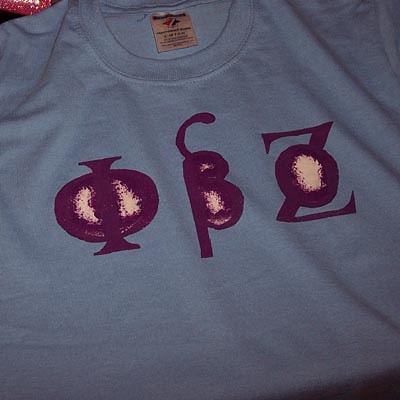
Namaste.
Today we got right down to business because we had so much fun stuff to do with our Sharpie Saris. However, in the academic track class, we made the time to take our Punjab region quiz:
Quiz: Which one of the following statements are true?
1. The word Punjab comes from the Latin and means “The Eleven Diapers.”
2. The Indus Valley Civilization is largely a mystery because we don't understand their writing.
3. When Aryan people migrated to India and practiced an early version of the Hindu religion, that was the Vedic Civilization.
4. The most important idea for Punjabi people is peace and harmony for all.
5. The Punjab has been invaded by a lot of civilizations, like Greeks, Mongols, and the British.
6. Sikhism is a religion that was started in the Punjab and is still practiced there today.
7. The British Empire was never able to conquer the Punjab region, so they finally gave up and went home.
8. The Punjab is now fully contained in the modern country of Pakistan. None of it is left as part of India.
9. Bhangra dance is a folk dance from the Punjab.
10. Punjabi is the language of the Punjab.
Project: Sharpie Saris
Materials:
Each child needs a doll or stuffed animal.
Sharpies in all colors. Blue and red spread the best -- the "old school" blue and red colors, not the newfangled ones. Of course, we had a rainbow of newfangled colors on hand too.
Stretch poplin cut to fit different sized dolls and animals. The fabric I chose had a small percentage of spandex in it -- this really helps with the pleating and tucking and wrapping. Each piece should be long enough to reach from armpit to floor, and long enough to go around five times. More if you're going to do pleats at the waist. Some of the girls did American Girl saris, and for these I used 44 inches of fabric, the full width of the fabric on the bolt. The width of the strip was about 10 inches. For a Groovy Girls size doll or a Webkinz, you need about half as much length, 2/3 as much width.
Safety pins for pinning the sari at the back.
Rubbing alcohol.
A squirt bottle or spray bottle, or an eye dropper. Fill this with the alcohol.
Instructions:
Find a place outside on the sidewalk or inside with lots of ventilation and a protected surface.
First, decorate your blank sari with the Sharpies. You can do whatever designs you like, but try using some of the motifs we learned about in class -- tear drops, half-moons, stars. You could even decorate your sari with mandalas like this:

Or you could do stripes like this:

Next, making sure you're on a protected surface or one you can ruin, spray the alcohol all over your design. The colors will start to bleed together:

When you've doused it with alcohol, let it dry. Running around waving it in the sunshine is a good way to execute this part of the plan!
When it's dry, wrap the sari on your doll according to the instructions on this video:
Now your doll has a sari:

Here are some pictures from our sari making!





For more pictures, visit our Jungle Book Flickr photo set.
Homework: Because we were upstairs, downstairs, outside, and all around, I'm not sure everyone got the Himalaya and Sannyasi fast facts, or if they got them, I'm not sure they made it into the folders. For this reason, and also because we have a special guest coming next week, we will push the quiz on the Himalayas to the following week. So, there is no quiz this week, there is no reading assignment for this week, and on Tuesday I will make sure everyone has the facts. Also on Tuesday, we will start the Mowgli stories! Hooray!

